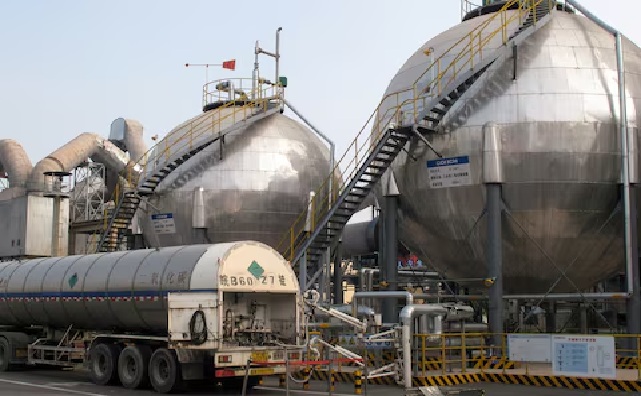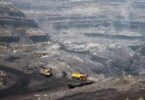SINGAPORE (Reuters): Innovation and policy changes are urgently required to tackle climate-warming emissions from the cement sector, with an infrastructure boom in developing countries set to drive up production for decades, a research group said on Thursday.
Cement is considered a “hard to abate” sector, generating huge volumes of carbon dioxide not only from the coal used to heat kilns, but also during the conversion of limestone into clinker, a key part of the production process.
If the cement industry were a country, it would be the fourth biggest source of CO2 behind China, the United States and India, but there are still no mature and cost-competitive solutions for decarbonising production, said the Rhodium Group, opens new tab, a U.S.-based think tank.
The sector is responsible for around 6% of global CO2, and while emissions could peak this decade as demand from China and elsewhere falls, there is still a risk of further increases of up to 17% by 2050 as emerging countries embark on a building spree, the group said.
“The projected long-term rise in demand for cement and other basic materials in developing countries really highlights the need to make clean, efficient technologies readily available outside the OECD and China,” said Emma Rutkowski, analyst with the Rhodium Group and lead author of the report.
Some progress has been made through efficiency gains, substituting coal with biomass and waste fuels and by tweaking traditional production processes, but they are unlikely to deliver the deep cuts required, she said.
Other technologies are under development in the sector, including carbon capture, hydrogen and electric kilns. Some initiatives are also substituting limestone with mine slag, tailings or clay to make less carbon-intensive building materials.
The dramatic shift in production towards regions such as Africa could allow new production methods to be deployed from the beginning, rather than retrofitting old and inefficient plants.
But widespread adoption will require significant investment and policy support, said Rutkowski.
“Successful decarbonisation will likely rely on both pushing for solutions available now, as well as continuing to innovate and test new technologies so we can continue making progress in the future,” she said.
Ian Riley, chief executive of the World Cement Association, told Reuters in February that getting the industry to “zero emissions” would take a long time, with technologies like carbon capture “not fully developed”. New low-carbon building materials were also “a long way from being competitive”.
But there are gains that could be made immediately, including the use of alternative fuels, he said.
“Cement has a path to significant improvement that is already reasonably clear. If we place too much emphasis on (carbon capture) then our progress in the interim will be less than it might have been,” he said.







